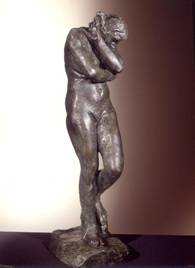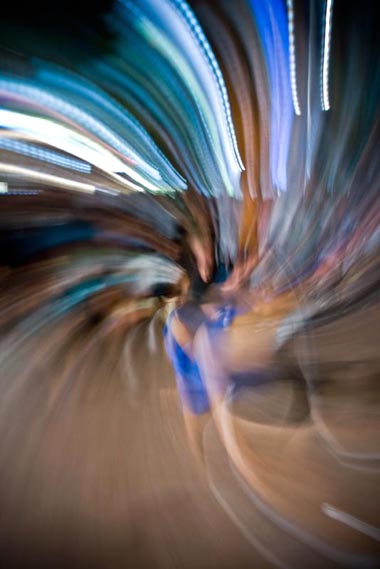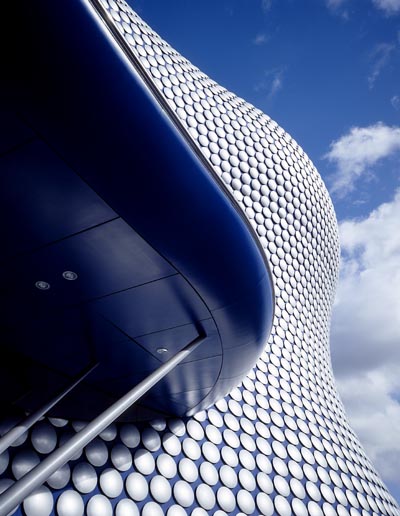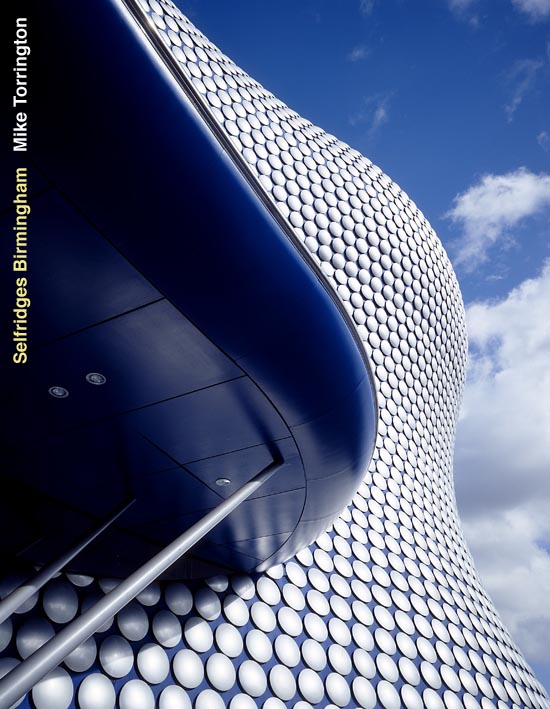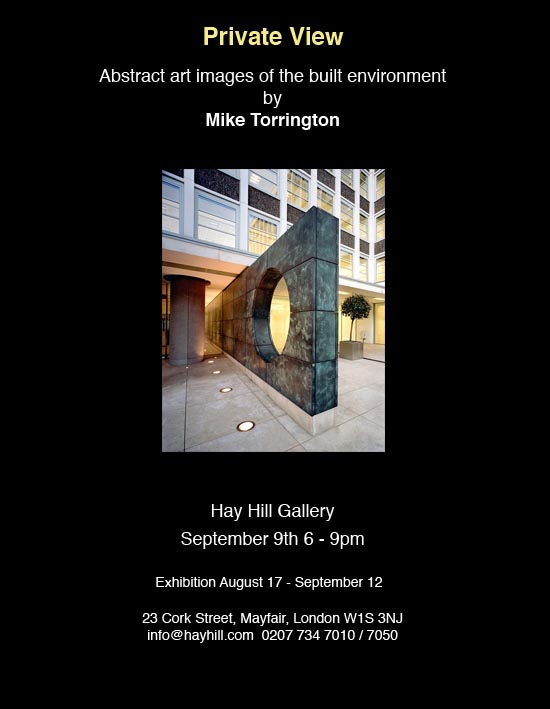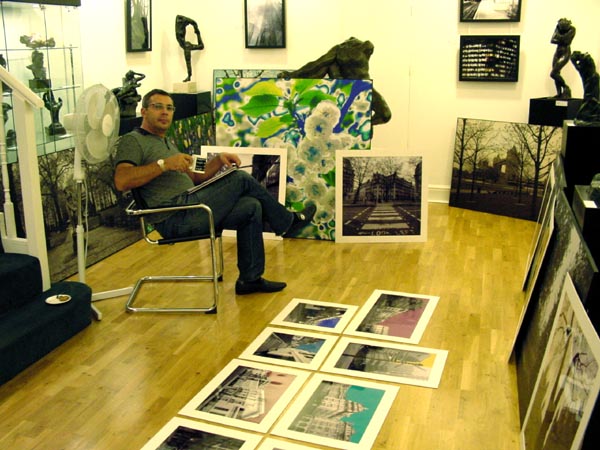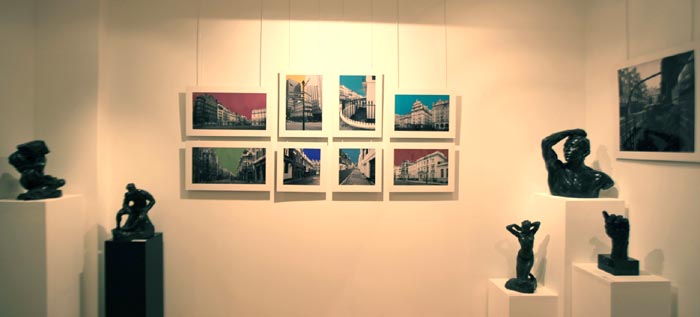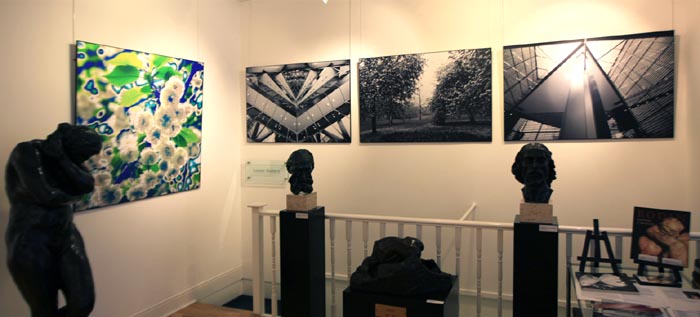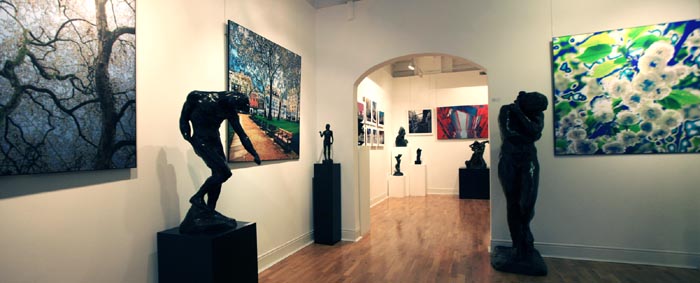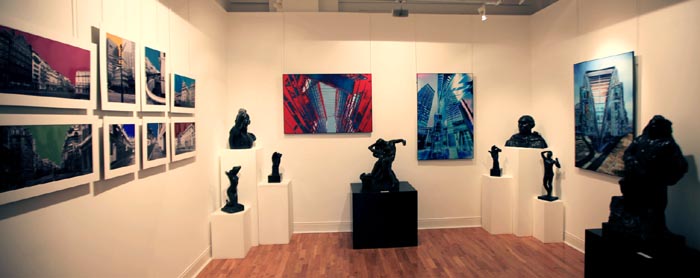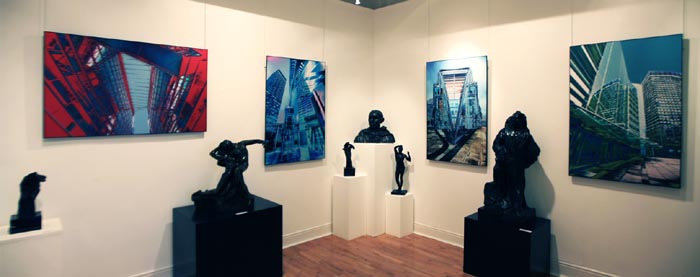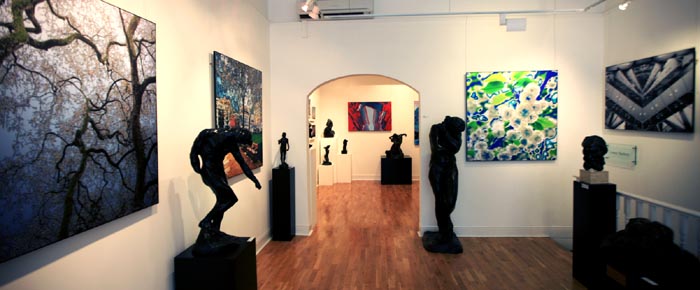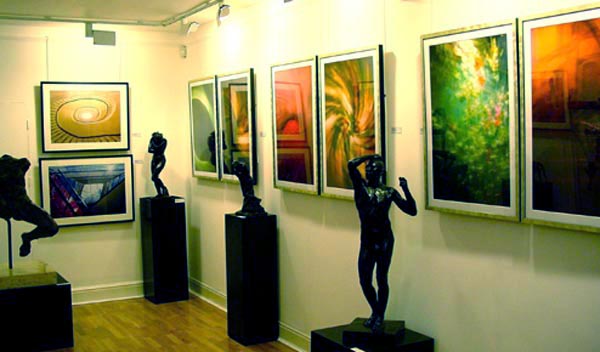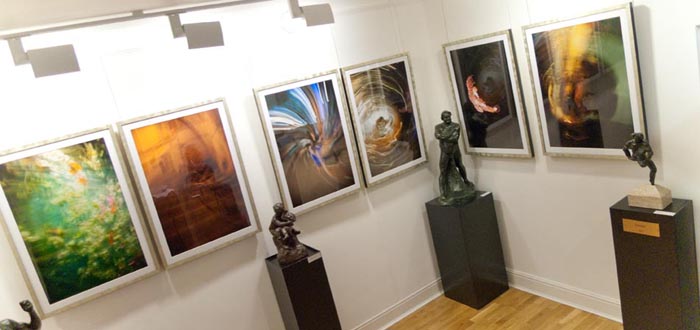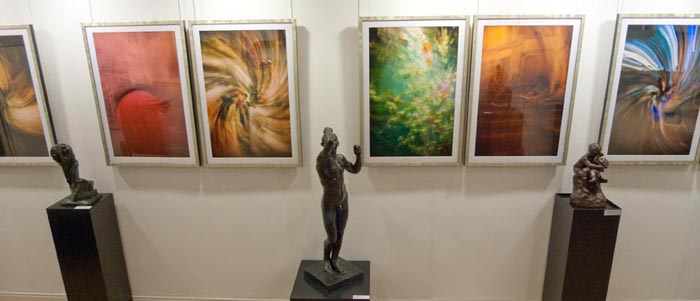 home
about
artists
exhibitions
press
contact
purchase
home
about
artists
exhibitions
press
contact
purchase |
|||
|
The
Exhibition 'London Colours'
Private View |
|||
|
'London Colours'
Monday 17th August – Saturday 12th September 2009
‘London Colours’, a mixed show of art photography led by the work of the Russian photographer Alexey Lyubimkin with his highly decorated works and British photographers Michael Upstone and Mike Torrington. Hay Hill Gallery is delighted to introduce the work of these photographers to their clients in their series of photographic shows this summer, celebrating the ‘Art of the Photographer’.
For
press enquiries, further information and images: Notes to Editors: Hay Hill Gallery founded in 1995, has recently relocated to Cork Street. The Hay Hill Gallery was founded as a joint venture between the Russian company Art Service Centre Ltd with over nine years experience of the international art scene, and the British company Sirin Ltd. The Hay Hill Gallery continues to introduce modern artists whose work pays homage to academic traditions; and mount exhibitions focussing on sculpture and international art. Alexey Lyubimkin was born in Novosibirsk, Russia on the 8th of March 1963. He studies at Sverdlovsk’s Architectural Institute and graduated as a specialist architect from Yekaterinburg, Russia. Since, he has managed the scientific research department at the institute, been a working architect, published the Russian art magazine ‘Russian Gallery’ and was involved with the development and growth of artist centre in Moscow’s Tretiakov gallery. He was one of the founders of the Hay Hill Gallery in London. He began taking pictures when he was 9 years old and ever since he and his camera have been inseparable, however his professional career started in 2005. He is member of Russian photo artists union and member of International journalist union. He took part in the following exhibitions: - Personal exhibition, Hay Hill Gallery, London. October, 2005. - Group exhibition in the Central House of artists «VENI, VIDI... », Moscow. February, 2006. - Personal exhibition in the art centre “KARTINA”, Moscow. May, 2007. - Regular exposition in the art-cafe “AKVAREL”, Moscow. 2006 -2007. - Personal exhibition in the Central House of artists, Moscow. August, 2007, exhibitions in Brussels (2008), Düsseldorf (2008), Sydney (2008), New York (2008). His photos are in private collections of Russia, the Great Britain, Germany, the USA, and Mexico. Michael Upstone was born 14th of July 1963 in the North Eastern coastal town of South Shields, Tyneside. From the age of four he studied at state schools in Cheadle Hulme in Cheshire. As a child his grandfather allowed him use of his camera and covered the costs of processing hundreds of films, a lifelong passion was born. He briefly studied photography in secondary school but a rebellious teenage period saw him drop out of art classes and he subsequently went on to what is now Northumbria University, attaining an honours degree in Government and Public Policy. Receiving an SLR camera for his 21st birthday saw his passion for photography reinforced. Allied with a love of travelling, his first solo trip to the Greek Ionian islands was naturally accompanied by his camera. He was recruited as a management consultant and by the age of 22 he was managing multi-million pound projects for a FTSE100 client base, working at up to main board level. A natural outsiders viewpoint questioning the most basic assumptions, allied to a propensity to collate and analyse information, lead him to survey, implementation, troubleshooting stuck consulting projects and internal procedures writing. A dislike of City politics lead to him leaving for employment as a market analyst, later departing the UK to travel around the world for the first time in his mid twenties. He returned home with an appetite for adventure and briefly joined the British Army where he attended the Royal Military Academy, Sandhurst to train as an officer, only to leave the following year to become a photographer. During this time he spent considerably more time taking photographs than training, after a fracturing his leg and doing a 50 mile exercise in the Welsh mountains. During nearly a year off duty his images began to be published by the London agents for Gamma Press, Frank Spooners. He left and within weeks of turning professional he was awarded a contract to produce what turned out to be the biggest calendar of the year in terms of logistics, for Auto Trader. The calendar had to be completed in six weeks to enter the UK national calendar awards, where it achieved a finalists position, in the top 40 out of some 480 entries. A Licentiate qualification followed from the British Institute of Professional Photography (BIPP), one of the fastest in its history at the time, followed by contracts for many of the UK's biggest companies. A friendship with a Wokingham social photographer lead to purchasing a house and studio in the town his parents moved to in his late teens, drawing him into all aspects of commercial and social photography from underwater, aerial, photomicroscopy, portraiture and weddings to advertising. This stretched his skill set and within two years he had qualified as the 38th Master Craftsman in the UK and Ireland. By 1994 digital imaging was on its way and his experience as a management consultant persuaded him that this would be a revolutionary development and, against a tide of opinion in the profession at the time, he became one of the first photographers in the UK to adopt digital workflow. Colour problems with an early Kodak camera lead him to suggest a quality solution used in the high end advertising market to control colour, digital camera profiling. In 1997 he approached colleague, John Welburn, to execute an idea he was told by advertising photographers was impossible. The resulting image called Boots, became the winner of the worlds first international photography competition using digital technology, for the grand marque of photography, Sinar. The image, featuring a combination of 'light painting' and a 'three-pass digital back' was published in Sinar cameras 50th anniversary calendar, alongside images by Franz Lazi, Ryszard Horowitz and Ansel Adams. Other publications followed for Fujifilm, Bronica and Hasselblad cameras, as well as for the BIPP and Master Photographers Association. Uncompromising at the prospect of working under art direction, he took time off to fund a holistic digital photography knowledge curriculum. Meanwhile industry-wide conflict about 'best practice' in digital practice, lead him to become the founding head of a multi-industry international exercise that defined and explained digital artwork and image best practice, at the Chartered Quality Institute, London. Contributions were made by organisations including Adobe and Epson, the guidelines being downloaded by a variety of organisations including NASA. He was invited to contribute to UPDIG, the Universal Photographic Digital Imaging Guidelines, a similar exercise, aimed at the photographic industry where he is a member of its board of governance. His creative instincts lead to inventions to solve problems connected with cameras and associated technology, and an invitation to become a Fellow of the Royal Society for Arts (RSA). He returned to photography in 2006, spending four months photographing Tunisia, followed by visits to France, Switzerland, the Ukraine and four months in Morocco. The Morocco trip lead to an invitation to exhibit at Kssour Agafay, under the high patronage of the Moroccan King and Princess Royal, as part of the Jardin d'art festival in 2009. Previous exhibitors include artist Mahi Binebine and photographer Xavier Zimbardo. This was followed by an invitation to exhibit in Arles, France at the Recontre Internationale Photographique, now in its 40th year. In Tunisia, he was pursued for months by secret police, often to the perturbation of his travelling companions – a photographer being highly suspicious in a police state run by 'the Caucescu of the Mediterranean'. While photographing the port of Tabarka in a storm (an illegal activity there) he was pursued by the harbour authorities, leading to him to depart rapidly mid way through a long exposure on a tripod – the resulting image resembling a Jackson Pollock painting, rich saturated tones and sinewy trails and splashes of colour. An abstract style was born via a fortunate accident. His abstract repertoire was extended during a four month period in Morocco that coincided with the onset of the credit crunch, providing a way of incorporating Moroccan spiritual and mystical symbols: the hand of Fatima (good luck), the Evil eye (warding off malign thoughts), faces, figures, animals and cartoons, while also making references to painters including Turner, Rothko and Monet. Literal representation, the key feature of the photographic medium is thus reversed to make something new and completely different that was nevertheless inherently a part of the original scene. Spiritual and mystical signs of luck, religion, hope and fear, positive and negative, reference a philosophical interest rooted in China and offer another level of interpretation. Further developments in his technique were combined with the principle of metamerism, the property of image tones to change disproportionately as lighting conditions change, normally a printer problem, but in this case enabling him to reveal subtle symbols to the viewer under variable lighting. The core themes divide into light and dark – red and black images containing alien, lizard and snake like creatures being juxtaposed with brighter images, cartoon faces and symbols of hope and light. The themes weave
together in each picture offering yet another version of the literal and
the impressionistic, each one utilising the features and limitations of
the human eye and brain function including the particular power of the
mind to visualise faces and symbols. These are found in unexpected areas
of the image, requiring a nearby or distant view, in the clouds and the
walls, metameric effects being more apparent when viewed under the light
of candles, firelight and / or the television. Seeing the symbols
takes us back to a childlike and imaginative state, the one where we saw
the potential of clouds to form faces and smiles... to distract us from
the constant propaganda of television and encourage us to look anew at
the patterns and pictures right in front of us, to look differently, to
examine, to question and to find an independent conclusion. Mike was born in London in 1959. He completed a foundation course in art, where he was greatly influenced by the florid architecture of Gaudi, and then trained and worked as a graphic designer. This background is reflected in his photographic style, which leans towards the bold, and geometric. Later, Mike studied photography at the London College of Communication and at this point became an admirer of the architectural design of Sir Norman Foster. Mike now works exclusively in the high-end digital format. His recent clients include: Sprunt Architects; Spaced Out Architects; Gifford; Adams Kara Taylor; Skanska; Tolent; GF Holding; Structuretone; IVG Asticus; Bachy Soletanche; Ibex Interiors. He is also trying to write his first novel. He loves to travel and have a passion for the cinema and good food.
|
|||
|
|
|||

